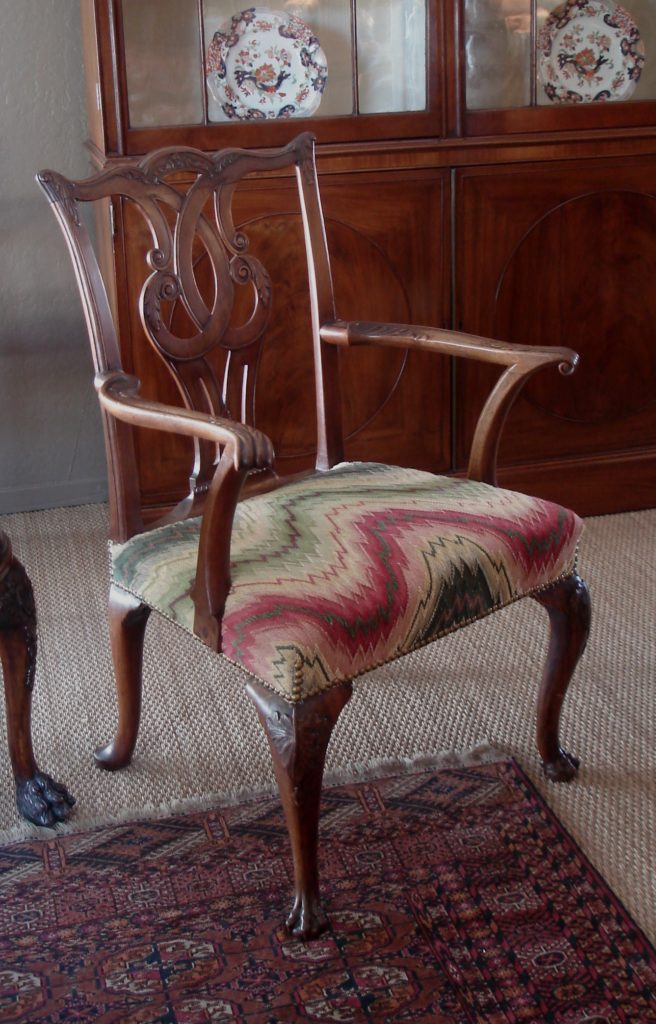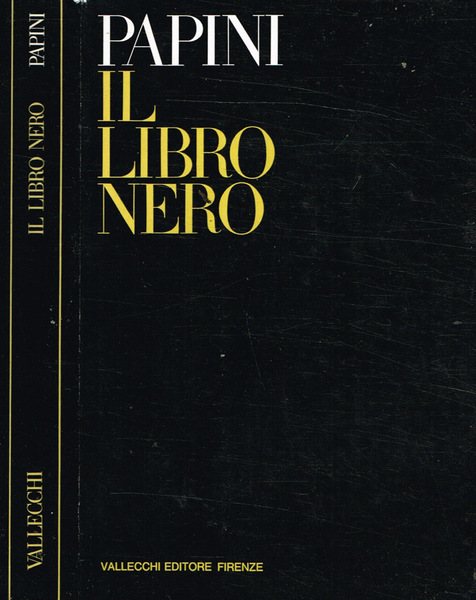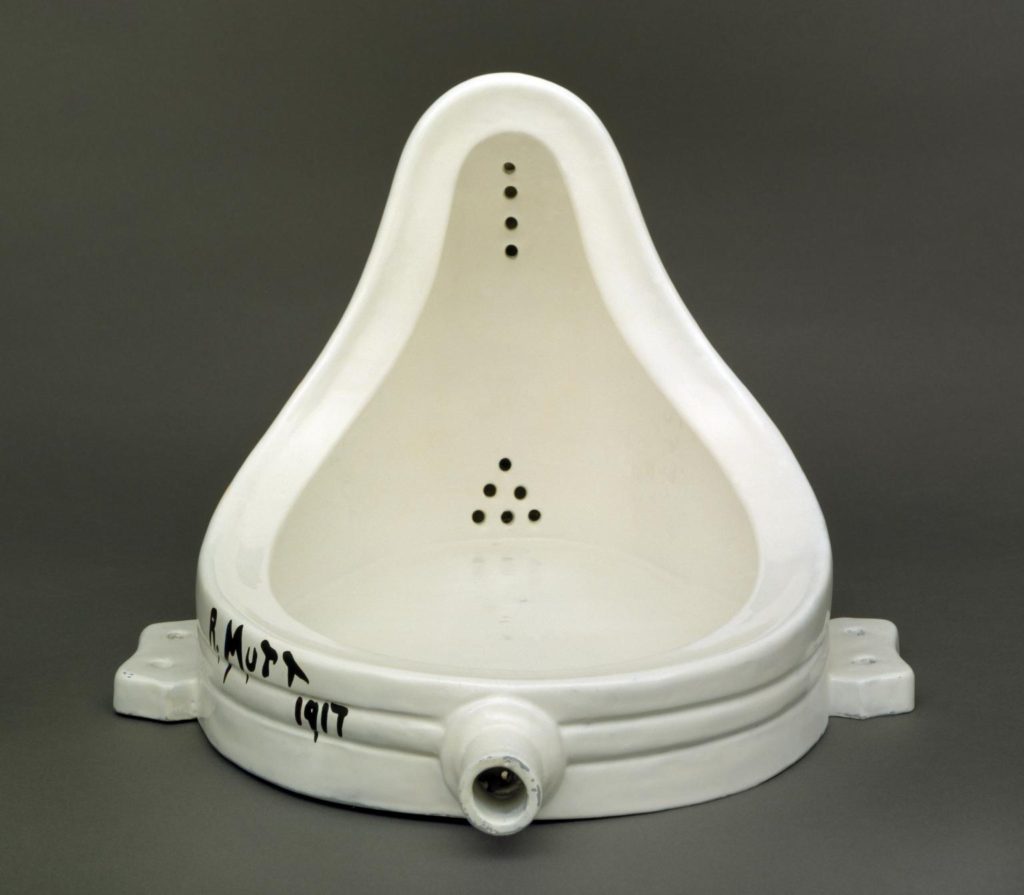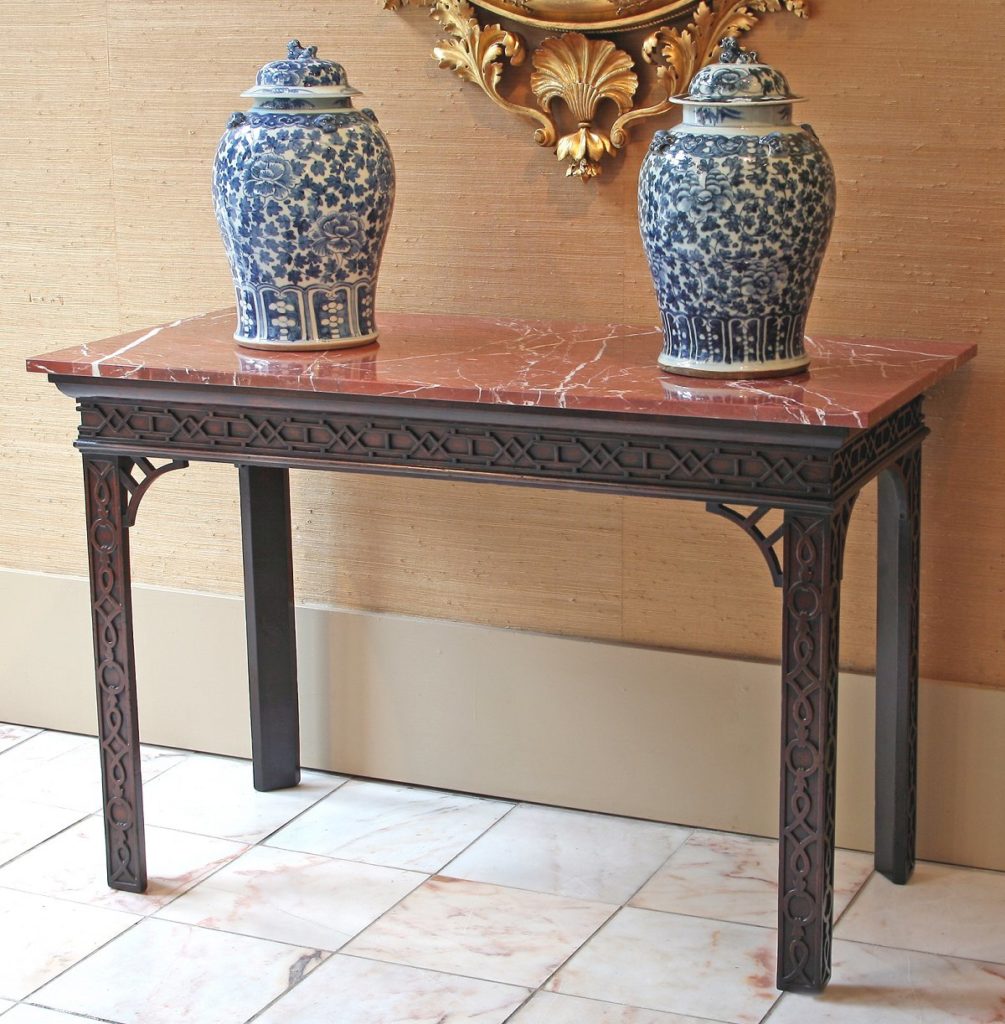Not so long ago, we were asked by the stepdaughter of a well-known antiques dealer who’d recently died to assist her with marketing his huge inventory. That he was not a member of the accredited trade was certainly made manifest when we looked through countless items to only find a few that we could reasonably offer. Nevertheless, after sifting through hundreds we found perhaps two dozen that were of sufficient quality that would then articulate with our stock. That of course was the first challenge, because the dealer had paid a huge amount of money even for the most pedestrian pieces. We had the unpleasant task of negotiating with the stepdaughter, trying to break the bad news of what the items were actually worth, and then making her understand that that figure had to be discounted yet again to allow Chappell & McCullar to make a bit of money on the sale. I freely admit that we endeavor to operate profitably.
As the saying goes, no good deed goes unpunished, and with the items finally negotiated and installed in our gallery and then catalogued and photographed and offered for sale, the stepdaughter phoned us sometimes daily wondering what we sold and if not why we hadn’t- and in an historical reinvention, ‘reminded’ us that she’d done us a signal honor in allowing us to represent her stepfather’s stock. Ugh. We did sell a few pieces, but after a little while- perhaps 6 months- told her to come and pick up her items. We did though have one piece that had had significant interest, but the interested party told us, not as though we didn’t know, that the piece was overpriced, and he gave us a figure- a reasonable one- he was willing to pay. We dutifully communicated this to the stepdaughter only to be met with a haughty decline, and this piece, then, also made its way, unsold, back to its point of origin. Within weeks, we saw this same piece in an auction catalog, with a presale estimate below what we’d offered to pay, and when the piece did sell at auction, it sold even yet below that- at an estimated net to the stepdaughter of 50% of what we had offered a few weeks previously.
One wonders what mental process was at play when upon hearing the auction estimate, prevented the stepdaughter from phoning us to reoffer the piece. Rank stupidity? Well, yes, certainly in this instance but frankly, this same behavior exhibited so often by seasoned dealers who should know better has begged question over and over during our time in the trade. To cite two instances occurring just this week, we received first a communication from a now struggling dealer asking for our help that, when it was offered by us not so long ago, was haughtily spurned. A bit of an aside, although we could clearly read between the lines to suss out the dealer’s straights, the tone was nevertheless couched in phrases that made it seem that in asking for assistance, Chappell & McCullar was being done a favor. It was, further, the gallery manager who contacted us. As we typically would, as the saying goes, rather speak to the organ grinder than the monkey, we responded by saying we would happily discuss these few matters with the gallery owner.
This recent dealer missive comes on top of reading a few days ago in the trade press of yet another dealer who likewise chose not to do business with us, and now closing up entirely after trading for nearly a century. As I reread this last sentence, I find that what I’ve written though concise is misleading. I should say more explicitly, and more germane to the present discussion, that the dealer made our enquiry about their stock and the possible completion of a sales transaction so complicated that it made it seem as though they chose not to trade with us. We will though have an easier time, I’ll wager, when their stock comes up at auction.
Maybe it’s something Keith McCullar and I are doing or not, perhaps sporting the wrong hairstyles or inappropriate attire- couldn’t be poor personal hygiene- but I suspect that what we are doing wrong is what we’re doing right- carrying on our long established practice of contacting people in the trade when we see something another dealer has that we don’t, that we can then sell on to one of our clients. We do that often, including just this week, sourcing an unusual item not typically in our stock for a very good client in the southeast. That he came to us is not out of pattern as he has done so many times over the years, providing items from our own stock as well as sourcing pieces from others, and even on one occasion arranging to have an upholstery fabric specially loomed in Italy.
The ‘why’ of why the client came to us is simple- clients return because the trade is a relationship business, with the client buying not just an object from a dealer, but also buying into the dealer’s manner, cachet and mystique- all these things rendering a look and feel that, for the best dealers, is as uniquely theirs as a fingerprint. We do of course see folks from time to time who we know to be inveterate collectors that never make a purchase but do routinely from others with whom, it is apparent, they are simpatico. And of course, our own good clients do not make purchases exclusively from us- no one, and certainly not us, can claim either a monopoly on relationships or exclusive loyalty.
None of this client dynamic is unusual and I cannot believe that the nature of these semi exclusive relationships has not been cottoned on to by every dealer in the accredited trade. Nevertheless, it astonishes me how obtuse my colleagues seem to be about this phenomenon. Not so long ago, we had a sometime client contact us- a fund manager in Hong Kong, who was seeking a long set of Regency period dining chairs. As it happened, we found a good set at a neighboring gallery, and sold them on to our client. We got some stick from the dealer though when we inquired about another item for a different client, with the dealer’s retort that he was not willing to sell the piece to us, as he’d save the sales opportunity for himself the next time the prospective client was in his shop. What a putz- I guess his comments to us amounted to an egotistical occlusion, unwilling as he was to acknowledge that the client doubtless had already been in, given the dealer the go-by and chose to trade with Chappell & McCullar. I must say, particularly in our old Jackson Square location, this kind of thing happened to us over and over. One neighbor dealer when we would come in to look at something for a client, as we did with some frequency, took to insisting that we tell him for whom we were making the purchase. The upshot of both these stories is, both of these are now shall we say former dealers.
In a trade where collegiality would serve everyone, particularly in tough times, it still astonishes me the extent to which dealers will continue to resist cooperating with those who they insist on considering not as colleagues but as competitors. When the dealer attrition first began apace in our old neighborhood, I brought up my concern about losing what I considered a critical mass of dealers in the area, a massing that would facilitate the area’s and each individual dealer’s success, and historically a massing that had established it initially as a shopping venue, and a massing which would secure its survival. The dealer to whom I expressed this concern upbraided me, telling me that I was stupid, that with the departure of any dealer, what sales he was enjoying would now flow to those of us who remained. This mindset functioned so successfully in his business that he, too, is now a former dealer.
It would be ridiculous of me to claim that the vicissitudes of the trade in art and antiques haven’t been affected by changes in the environment in which business is done. Online sales have had the same effect on the trade as on every other bricks and mortar retailing, rendering them nearly obsolete. Dealer platforms, functioning as they do to present a wide variety of material on a single page provide a
shopper with a virtual antiques and art fair, and have rung the death knell for the actual live see-it-and-touch-it antiques and art fair. And too consuming patterns have changed with a younger generation, with the opportunity to have cheap and cheerful furnishing and decorative items, available any time and on a budget- and with free shipping. Vintage items with some but not much age and hardly antique, also available through specialized online platforms, now are used to add interest to modern décor, displacing better quality period material.
Even so, and with so much Chappell & McCullar business conducted through our website, we’ve found that our own specific look remains transcendent, not just keeping our existing client relationships intact, but providing inroads into new ones. Any why not? We still use the same amount of care in the acquisition of our pieces, and as I hope my gentle readers have discerned through your dedicated reading of my blog posts, we still communicate with our clients and the world at large in the same voice.
And, as just cited, we still have clients that require something that isn’t strictly in our line. And we yet enquire about pieces to satisfy a clients’ requirements, shopping our colleagues in the accredited trade first. We don’t experience the same shall we say resistance as we did a few years ago when we shop, but then, there are markedly fewer dealers.
But it still exists- with a driving attitude I’ve now termed pernicious egotism. Take note, my colleagues who read this- whatever we have, we’re happy to offer it to you for sale- just ask me. But that won’t happen, or at least it has rarely happened in the past. The point of all that I’ve written in this entry is that, with all the difficulties in trading conditions, and those conditions continue to decline without any sign of abating, egotism exacerbates tough times. I’ve twice characterized specific dealer attitudes as haughty in this blog- would preplacing haughtiness with pleasant congeniality change things? Perhaps, or perhaps not, but it wouldn’t hurt. What I can point to based on our experiences just this week is that pernicious egotism will it sadly appears, survive as long as the trade survives.





